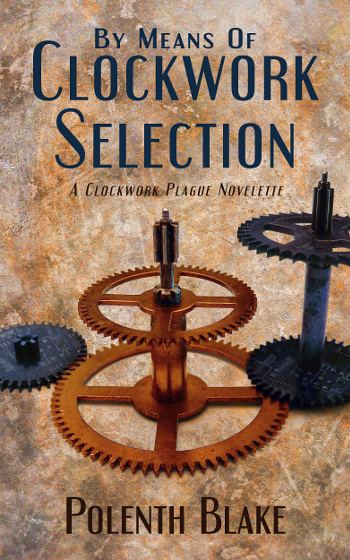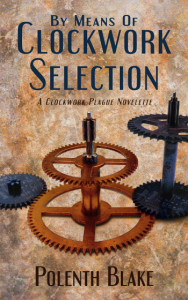 First Published: 8th March, 2016
First Published: 8th March, 2016
Genre: Speculative Fiction / Short Story Collection
Available: Amazon.com | Amazon UK | IndieBound
Ken Liu has been nominated for, and won, many genre awards for his short fiction. He’s also a translator, which is discussed briefly in the preface.
The collection starts with short stories, with the novelettes and novellas towards the end. This was a good choice, as it gives the reader a chance to read through several stories to get a feel for the range. The opening story, “The Bookmaking Habits of Select Species”, was particularly imaginative. It’s written like an article and covers a range of alien species and their books. I liked how they all tied together at the end, with the books of the final species.
“Good Hunting” was one I didn’t expect to enjoy at first, as it looked like a classic science versus magic story. The construction of a new railroad starts to cause magic to disappear, leaving a trainee demon hunter out of a job, and a hulijing unable to transform. But as the technology veers off into steampunk territory, the story takes another turn. It ended up being one of my favourites.
I enjoyed most of the stories, though a few didn’t really work for me. “The Perfect Match”, where an automated assistant called Tilly controls people’s lives, was rather predictable and about as exciting as Tilly’s personality. The funny side is Microsoft chose that moment to suggest I downloaded Windows 10 and they’d give me a new personal assistant. It’s one of those things where the idea is certainly based on reality, but the execution didn’t take it anywhere new.
It’s generally a strong collection, with reoccurring themes of Chinese history, the experience of being an immigrant in America, and control/surveillance. However, there is a tendency for the work to be rather heteronormative. Not in the kind of way that is openly anti anyone who doesn’t fit that, but in the kind of way where anyone else is unlikely to appear in the stories. Men and women date, men and women marry and have one or two children, people broadly follow binary gender roles, and so on. It’s the sort of thing that wouldn’t be so obvious reading any one of the stories in isolation, but does stand out when they’re collected together.
Readers should note some stories have detailed torture descriptions and violence against women is a common theme. There’s a lot of text in italics in some stories, which can be difficult to read.
[A copy of this book was received from the publisher for review purposes]


